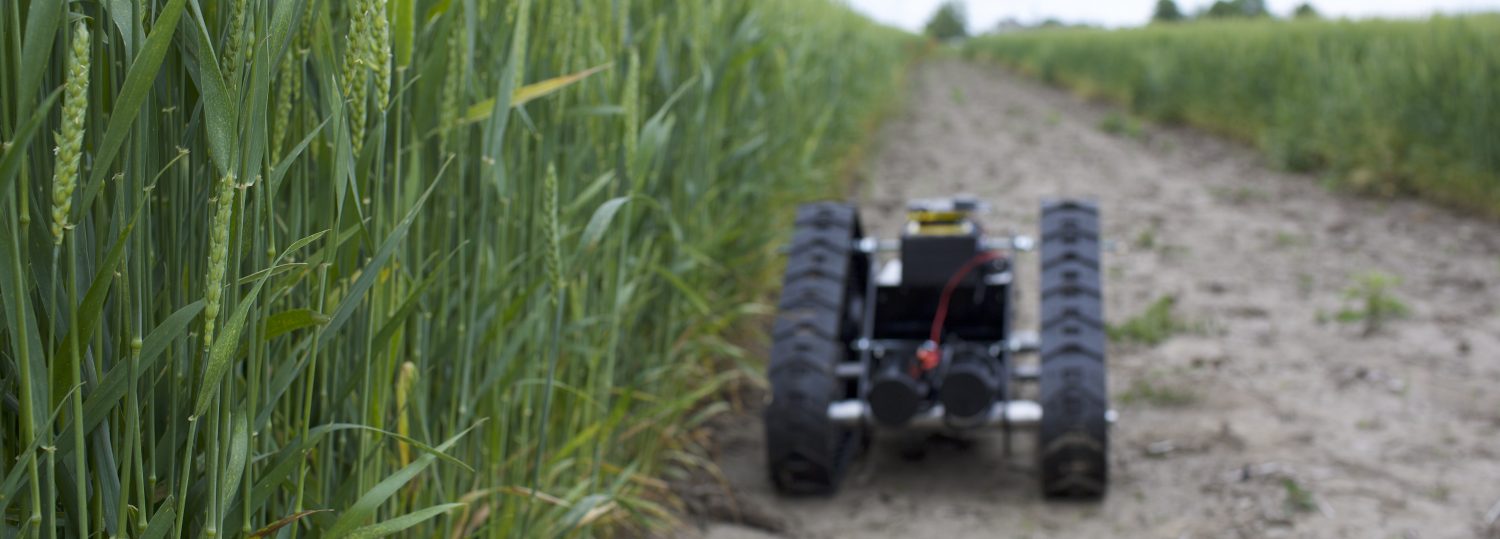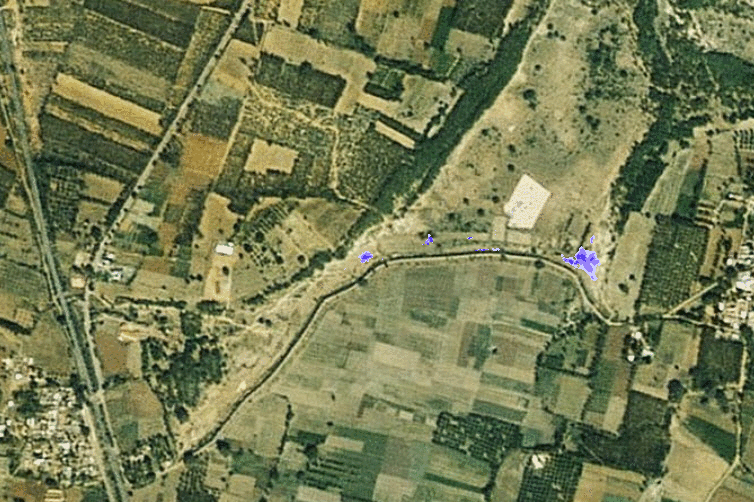
About
We can’t effectively manage what we can’t measure. For this reason, sensor technologies are continuously being incorporated into modern agricultural and environmental practices. Sensors measure physical quantities such as temperature, light, pressure, sound, and humidity, which are converted into detectable signals and ultimately processed into meaningful data. Some common goals when using sensors include making a better decision, controlling a process, informing a calculation, diagnosing a problem, or exploring the unknown.
Sensors themselves range from relatively simple thermocouple structures to the detection of specific compounds using advanced principles. Sensors can be installed directly in areas of interest, where data are collected and either stored locally or uploaded to cloud services. Alternatively, sensors can be brought to the site where measurements can be taken manually.

When appropriate, small unmanned systems (i.e., robots) can be used as tools to assist in the data collection process by improving site accessibility, data collection throughput, and resolution of data. The most common example is the use of small unmanned aerial vehicles (UAVs), or drones, on which sensors such as cameras can be mounted to survey large areas of land.
In addition to the initial investment and deployment of a new technology, users must also maintain their system and have a plan in place to store, process, and manage the data they collect. Benefits to properly managing data include increasing efficiency when processing, minimizing the risk of data loss, improving accessibility both during and beyond the life of the system, and facilitating dissemination between stakeholders and users.

Improvements in engineered capabilities and decreasing costs are lowering the barriers and risks associated with investing in many sensing technologies. The selection of a sensor or system for a given application is usually an open-ended design problem, and extension provides information and resources about available technologies to help make the best decision give a set of goals and criteria. Additionally, extension provides education and resources on best practices for how to use these systems for a variety of agricultural and environmental applications.
Contact:
Dr. Sierra Young
Assistant Professor
Biological and Agricultural Engineering
sierrayoung@ncsu.edu
(919) 515-6740